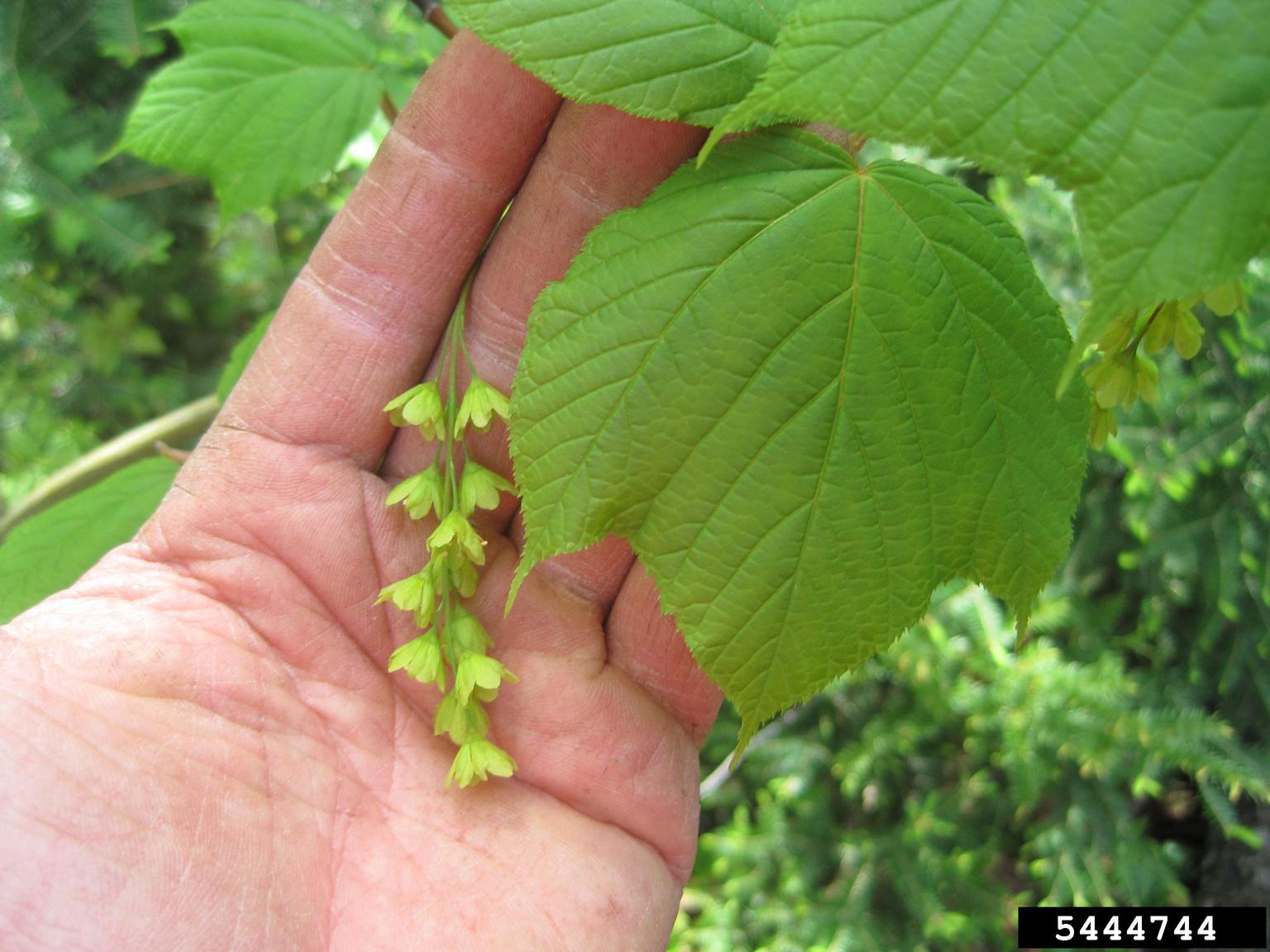Striped Maple Tree Information – Facts About The Striped Maple Tree


Striped maple trees (Acer pensylvanicum) are also known as “snakebark maple.” Don’t let this scare you away though. This lovely little tree is an American native. Other species of snakebark maple exist, but Acer pensylvanicum is the only one native to the continent. For more striped maple tree information and tips for striped maple tree cultivation, read on.
Striped Maple Tree Information
Not all maples are soaring, graceful trees with snow white bark. According to striped maple tree information, this tree is a shrubby, understory maple. It can be grown as a large shrub or a small tree. You’ll find this maple in the wild from Wisconsin to Quebec, from the Appalachians into Georgia. It is native to the rocky forests in this range. These trees usually grow from 15 to 25 feet (5-8 m.) tall, although some specimens get to 40 feet (12 m.) tall. The canopy is rounded and sometimes the very top is flattened. The tree is much loved because of its unusual and interesting trunk. Striped maple tree bark is green with vertical white striping. The stripes sometimes fade as the tree matures, and the striped maple tree bark turns reddish brown. Additional facts about striped maple trees include their leaves which can grow quite long, up to 7 inches (18 cm.). Each one has three lobes and looks a little like a goose foot. The leaves grow in pale green with pink overtones but turn a deep green by summer’s end. Expect another color change in autumn when the foliage turns canary yellow. In May, you’ll see drooping racemes of tiny yellow flowers. These are followed by winged seed pods as summer passes. You can use the seeds for striped maple tree cultivation.
Striped Maple Tree Cultivation
If you are thinking of planting striped maple trees, they grow best in shaded areas or woodland gardens. As is typical with understory trees, striped maple trees prefer a shady location and cannot grow in full sun. Striped maple tree cultivation is easiest in well-drained soil. The soil need not be rich, but the trees thrive in moist soils that are slightly acidic. One good reason for planting striped maple trees is to benefit local wildlife. This tree serves an important role as a browse plant for wildlife. Planting striped maple trees results in food for various animals, including red squirrels, porcupines, white-tailed deer, and ruffed grouse.
Gardening tips, videos, info and more delivered right to your inbox!
Sign up for the Gardening Know How newsletter today and receive a free copy of our e-book "How to Grow Delicious Tomatoes".

Teo Spengler is a master gardener and a docent at the San Francisco Botanical Garden, where she hosts public tours. She has studied horticulture and written about nature, trees, plants, and gardening for more than two decades. Her extended family includes some 30 houseplants and hundreds of outdoor plants, including 250 trees, which are her main passion. Spengler currently splits her life between San Francisco and the French Basque Country, though she was raised in Alaska, giving her experience of gardening in a range of climates.
-
 Looking For Plants To Give You The Soft And Fuzzies? Try These 5 Fuzzy Leaf Plant Options
Looking For Plants To Give You The Soft And Fuzzies? Try These 5 Fuzzy Leaf Plant OptionsLovers of texture, drama, silver foliage and tactile plants will adore these special sensory garden additions. These fuzzy leaf plant options will leave you all aglow
By Susan Albert
-
 Get Ready For A Summer Of Hummers! Grow These Full Sun Hummingbird Plants and Flowers
Get Ready For A Summer Of Hummers! Grow These Full Sun Hummingbird Plants and FlowersIf you’re lucky enough to enjoy a sunny backyard, make sure you are maxing out on your pollinator opportunities and grow these full sun hummingbird plants and flowers
By Tonya Barnett